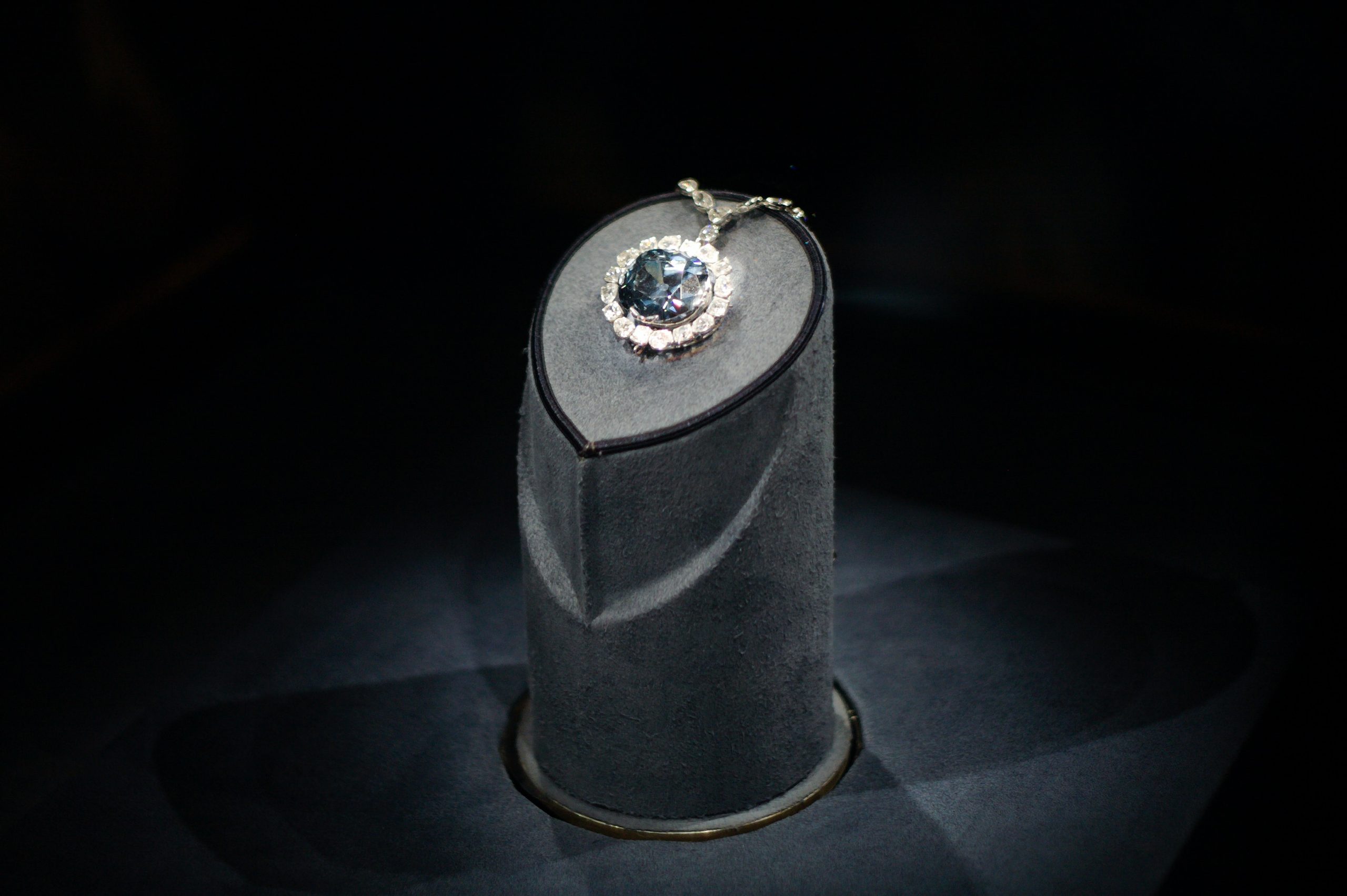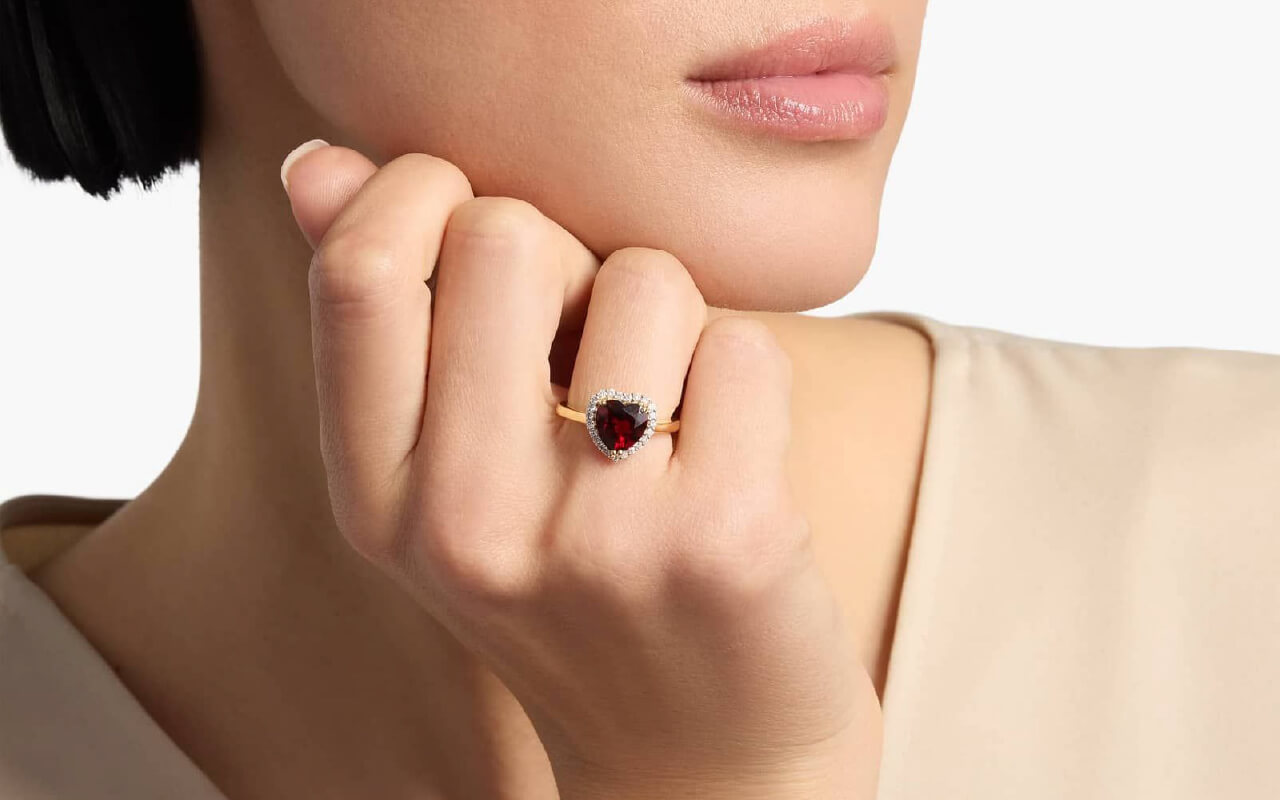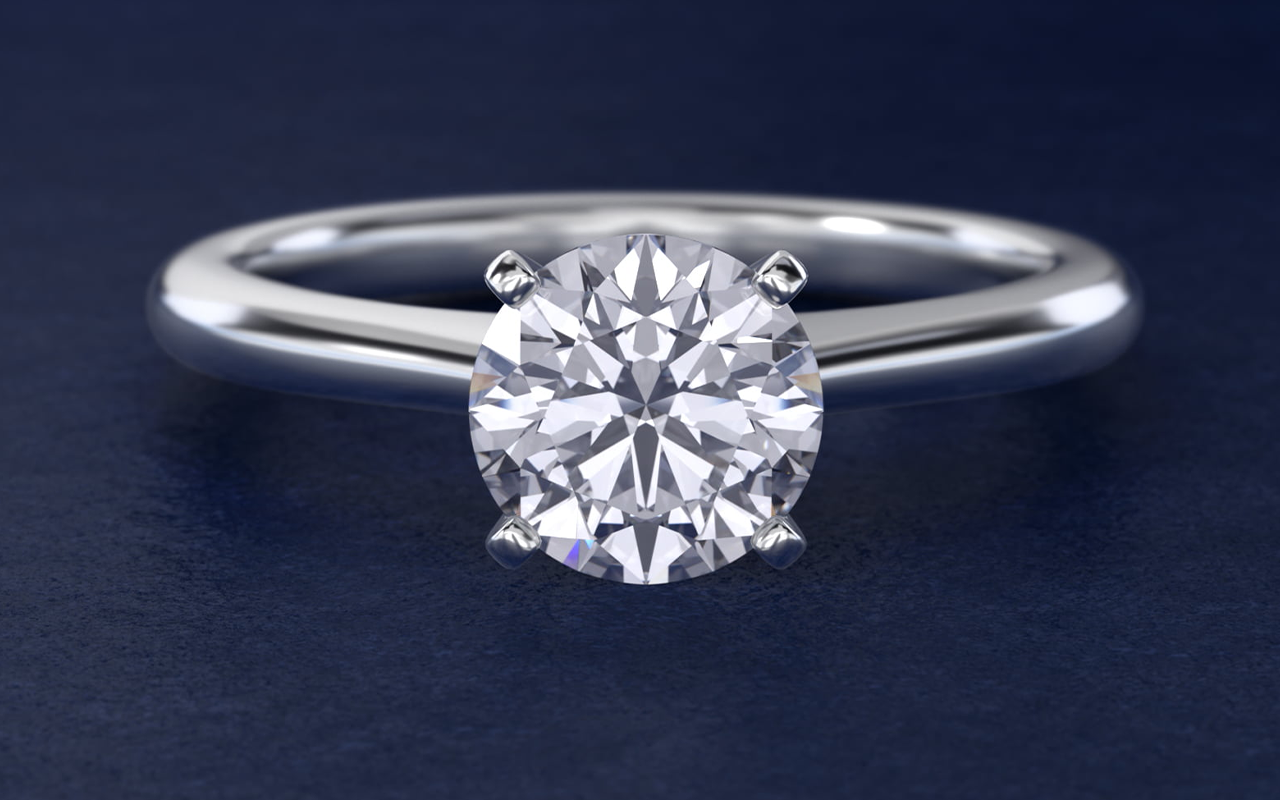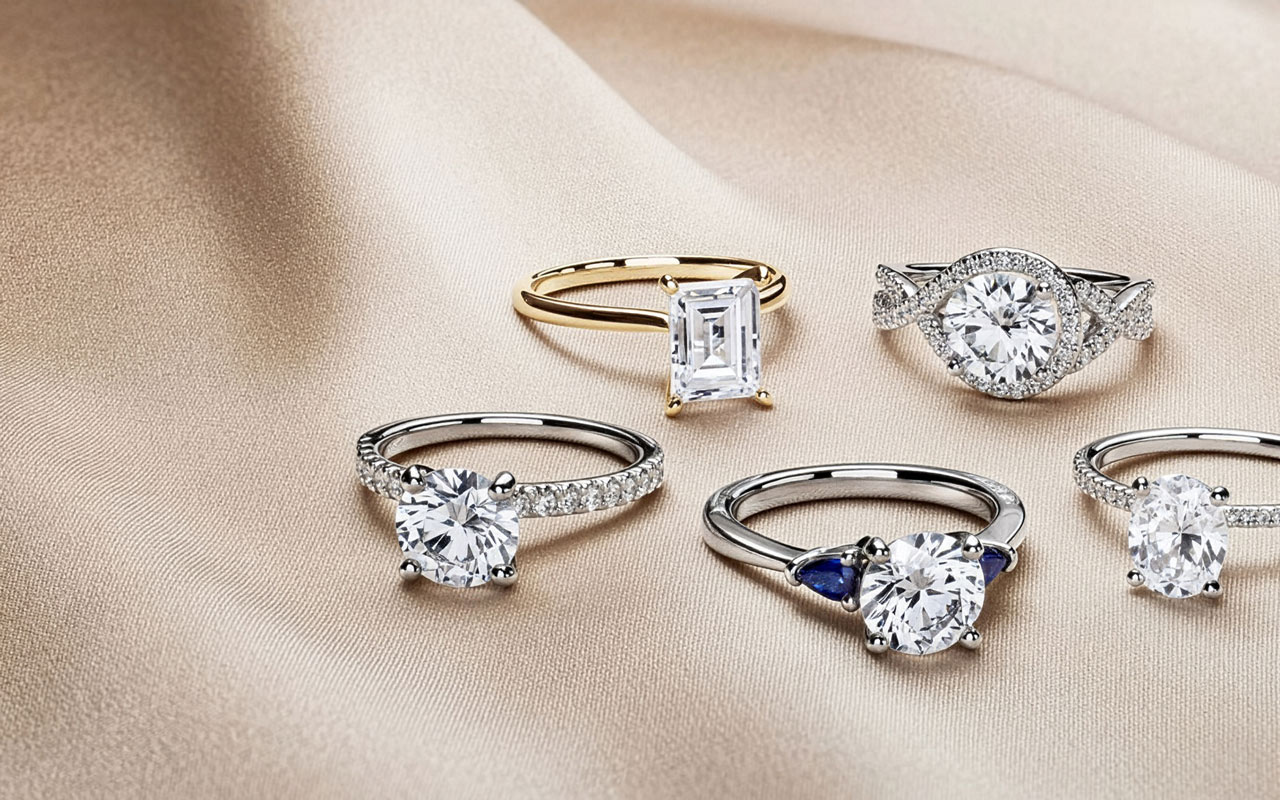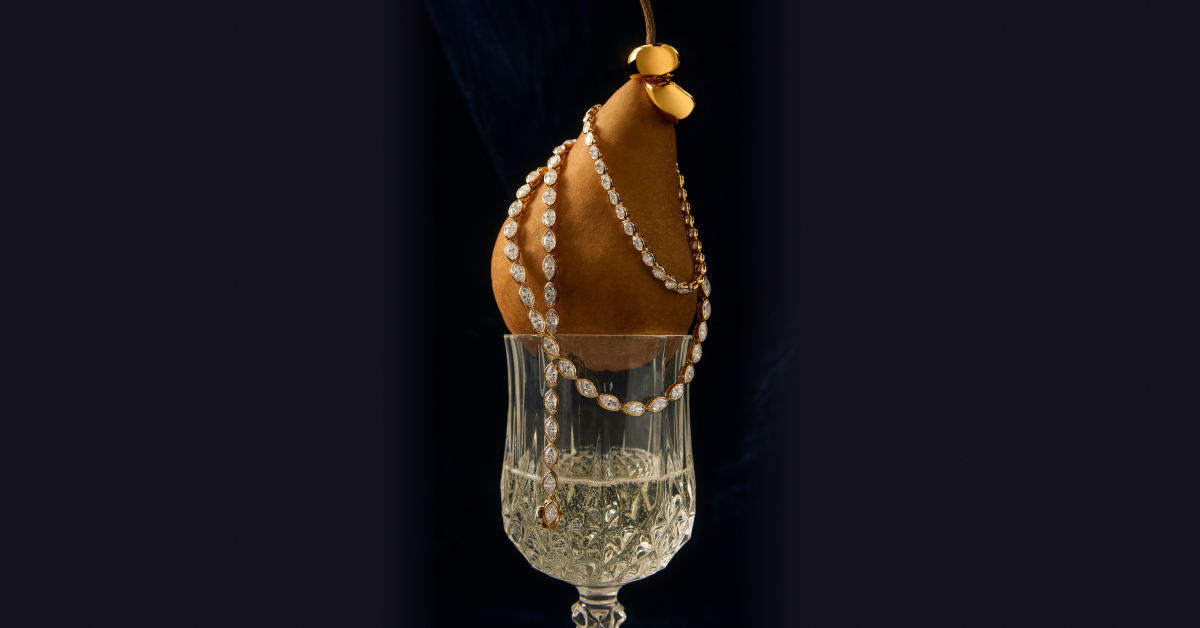Image Source: Sam Jotham Sutharson
The carbon molecules that make graphite are unremarkable on their own, but when their pattern is switched and pressure is applied, something remarkable is born: diamonds. These timeless gemstones have been enchanting people for centuries, bringing brilliance and eye-catching light dispersion that has only improved as gemstone cutting techniques have grown.
Graded along the 4Cs, diamonds bring a captivating quality that simply cannot be replicated by any other gemstone. Natural and lab created diamonds are brilliant additions to any jewelry collection on their own, but there are some famous diamonds that are not for sale. Their history, rarity and popularity have made them legendary.
Famous and expensive diamonds include the Hope Diamond, the Koh-i-Noor, the Pink Star Diamond and the Taylor-Burton Diamond. Explore our guide to famous diamonds to learn more about these memorable diamonds, along with our curated look-alikes that can help you recreate your own legendary style.
What Makes a Diamond Famous?

While many famous diamonds are also some of the most expensive diamonds in existence, price alone is not what sets these gems apart. These museum-quality diamonds are revered for their stories, their size, their quality and their history.
On their own, high-quality diamonds showcase captivating brilliance and scintillation. This makes diamonds the leading choice for engagement rings and jewelry for celebrating special moments. Some diamonds stand out even further, bringing enchanting beauty, mystifying histories and one-of-a-kind qualities that make them truly memorable.
These famous diamonds have become popular not only for their value, but also for their fascinating stories and unmistakable presence.
Legendary Diamonds
Famous diamonds are some of the most expensive diamonds that have been discovered. Many of these world-famous diamonds were worn by royalty and celebrities. Today, some are in private collections while others are in museums.
The Hope Diamond
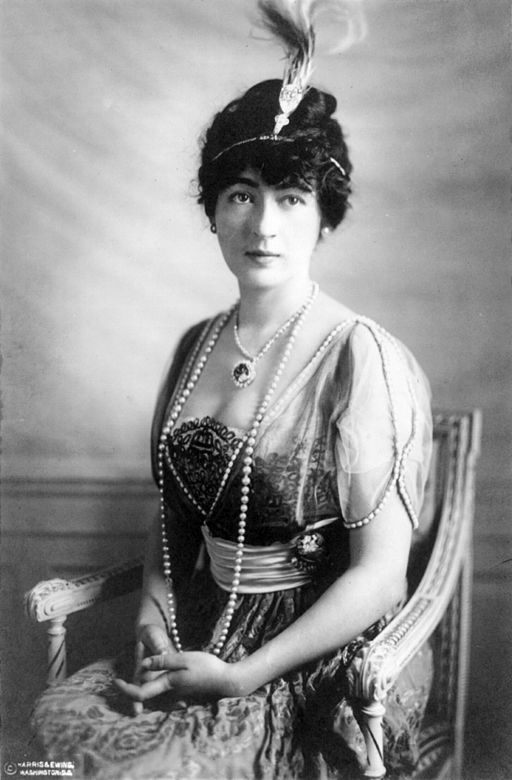
Image Source: Library of Congress
Few diamonds hold the same lore, beauty and wonder that the Hope Diamond possesses. Today, people from all around the world visit this famous diamond at the Smithsonian National Museum of Natural History in Washington, D.C., but the gem has had worldwide popularity for centuries.
A Quick History of The Hope Diamond
According to The Smithsonian, the diamond has a history reaching back to India, where a massive 112 3/16 carat diamond was acquired by a French merchant. It was sold and eventually cut by King Louis XIV’s court jeweler Sieur Pitau in 1668 when it became known as the French Blue. From there, it exchanged royal hands in France until it was forfeited to the French Government in 1791. It was then stolen in 1792.
The French Blue then found its way to London, where it came into the collection of collector Henry Philip Hope in 1839. This is where the diamond got its current name. Following Henry’s passing, the diamond went through several collections until it was obtained by Pierre Cartier in 1909.
In 1911, the diamond was sold to heiress Evalyn Walsh McLean. She proudly wore the diamond, eventually having it mounted in the iconic pendant necklace style it is now seen in today.
After Evalyn’s passing in 1947, Harry Winston obtained the gem. It was later donated to The Smithsonian Institution in 1958 and has remained in their possession since. The iconic Hope Diamond may have inspired the Heart of The Ocean, a fictional necklace that glistened in 1997’s Titanic.
Is the Hope Diamond Cursed?
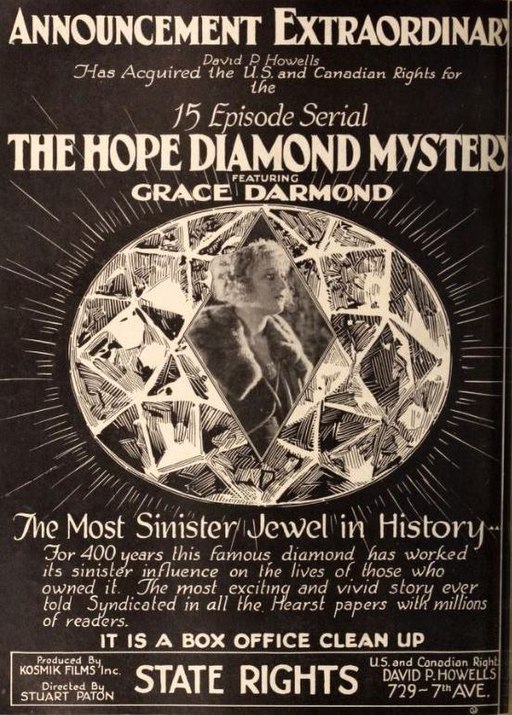
Image Source: The Hope Diamond Mystery via Wikimedia Commons
Over its centuries of history, the Hope Diamond has earned reputations for both its beauty and its purported curse.
According to legends, the diamond was originally stolen from a statue of the Hindu goddess Sita. Over the years, many of the diamond’s owners and handlers have fallen to less-than-favorable fates including death, bankruptcy, ailments, beheadings, military losses and injuries. This has led to the lore of a curse set upon the diamond, which is believed to befall people who have worn or owned it. Some other legends say that simply touching the diamond is enough to inherit its supposed curse.
Today, the diamond is displayed in a case at The Smithsonian National Museum of Natural History, allowing even superstitious diamond fans to appreciate the gem’s enchanting beauty without touching it.
Hope Diamond Fast Facts
69.42 Carats
E-F Color Grade Diamond
Privately owned
Estimated at $3.5 million.
The pear-shaped Taylor-Burton diamond has a flawless diamond clarity rating.
The Cartier Diamond and the Cartier-Burton Diamond
Jewelry Inspired by The Hope Diamond

Jewelry featuring blue diamonds can echo the beauty of the Hope Diamond. Designs with smaller complementary gems, such as halo engagement rings, can also evoke this famous diamond necklace’s style. Though they feature a different primary gemstone, sapphire necklaces can also bring style that’s similar to the Hope Diamond’s current setting. This oval sapphire pendant brings vintage-inspired charm, perfect for recreating this famous diamond’s look.
The Koh-i-Noor Diamond
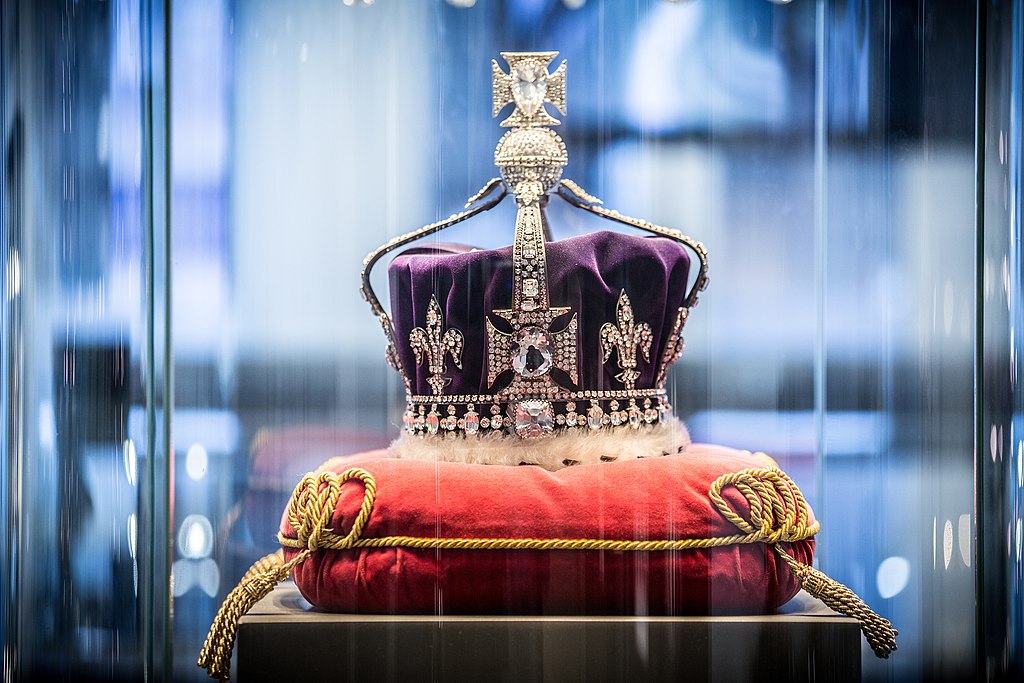
Image Source: Crown of the Queen Mother via Wikimedia Commons
Much like the Hope Diamond, the Koh-i-Noor Diamond has a long history and superstitious lore. Its Persian name means “mountain of light” and it has exchanged many hands, both willingly and unwillingly, over the centuries. It is originally from India, with rulers throughout the region setting the stone atop their thrones or in jewelry such as bracelets over centuries. It came into British possession in 1849 during the Treaty of Lahore.
It was then recut to a more brilliant faceting pattern, reducing its carat weight but improving its light performance. Once worn as a brooch by Queen Victoria, it found its latest setting in the middle of a cross on Queen Elizabeth’s crown which is now on display at the Tower of London.
According to legend, the Koh-i-Noor Diamond brings bad luck to any man who chooses to wear it. For this reason, it has only been worn by women since the British obtained it.
Koh-i-Noor Diamond Fast Facts
69.42 Carats
E-F Color Grade Diamond
Privately owned
Estimated at $3.5 million.
The pear-shaped Taylor-Burton diamond has a flawless diamond clarity rating.
The Cartier Diamond and the Cartier-Burton Diamond
Jewelry Inspired by the Koh-i-Noor Diamond
Jewelry with oval diamonds can evoke the brilliance of this famous diamond. Because the Koh-i-Noor has changed settings over the years, jewelry inspired by its legendary presence can vary from bracelets to necklaces and even brooches. We also offer the option to design your own pendant, making it easy to choose an oval diamond for a memorable piece.
The Pink Star Diamond
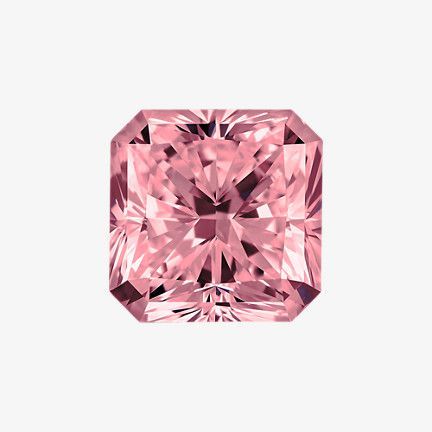
Natural diamonds are typically colorless gems, but just as with the Hope Diamond, some gems bring colorful qualities. The Pink Star Diamond is another fancy colored diamond that is considered one of the most expensive gems. In fact, it holds the world record for the most expensive gemstone or diamond sold at auction.
As far as famous diamonds go, the Pink Star has a much more recent history. Mined by De Beers in Africa in 1999, the gem was originally 132.5 carats. Its vivid pink color is exceptionally rare for a natural diamond, inspiring a gentle approach to faceting the gemstone. It was cut and polished for two years, resulting in what is considered as the largest internally flawless fancy vivid pink diamond that the GIA has ever graded. After several auctions, the gem ultimately wound up in the possession of Chow Tai Fook Enterprises. It is now known as the CTF Pink Star diamond.
CTF Pink Star Diamond Fast Facts
69.42 Carats
E-F Color Grade Diamond
Privately owned
Estimated at $3.5 million.
The pear-shaped Taylor-Burton diamond has a flawless diamond clarity rating.
The Cartier Diamond and the Cartier-Burton Diamond
Jewelry Inspired by the Pink Star Diamond
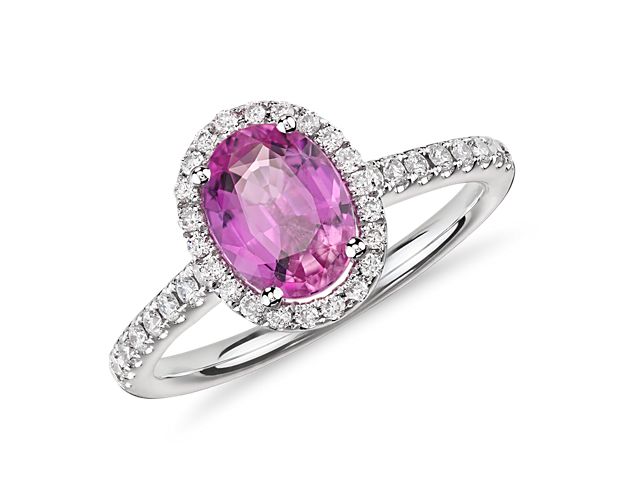
Jewelry featuring pink diamonds, especially oval-shaped diamonds, can bring the unique hues of the CTF Pink Star. Because natural pink diamonds are incredibly rare, many people choose to recreate this gem’s look with lab grown diamonds.
Though not exactly a diamond, pink sapphires can also bring a similar color. Styles such as this pink sapphire ring bring the style of the CTF Pink Star diamond in gemstone color and shape.
The Taylor-Burton Diamond
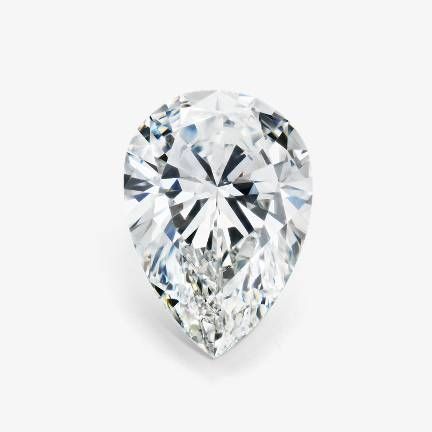
Elizabeth Taylor famously wore many pieces of fine jewelry, including a 69.42 carat pear-shaped diamond that was subsequently named after her and her then-husband. The Taylor-Burton diamond started as a 240.80 carat rough diamond that was found in 1966. It was cut into two separate diamonds, one of which became the namesake Taylor-Burton diamond.
Richard Burton purchased the diamond for Elizabeth Taylor for $1.1 million in 1969. The diamond was viewed by thousands of people, with spectators lining up to catch a glimpse of the gem. It was worn by Taylor at many red carpet events, cementing the diamond’s iconic status.
Taylor initially wore the diamond as part of a ring, but eventually switched it to a necklace to better fit the gemstone’s size.
Taylor-Burton Diamond Fast Facts
69.42 Carats
E-F Color Grade Diamond
Privately owned
Estimated at $3.5 million.
The pear-shaped Taylor-Burton diamond has a flawless diamond clarity rating.
The Cartier Diamond and the Cartier-Burton Diamond
Jewelry Inspired by the Taylor-Burton Diamond

Rings and necklaces with pear-shaped diamonds are popular choices for jewelry inspired by this legendary gem. For a more authentic match, choose pieces in white gold or platinum. This diamond eternity necklace is an updated take on the piece’s iconic style, echoing how Taylor often wore the gem.
Finding Inspiration in Famous Diamonds
Jewelry is a timeless adornment that can be appreciated by anyone with an eye for beauty. Many pieces of jewelry with diamonds feature gems that have undergone GIA or IGI certification. We are proud to offer a vast selection of loose diamonds for sale, making it easy to design your dream piece.
We invite you to find inspiration in some of the most famous diamonds to help you build your own collection of memorable, meaningful and eye-catching diamond necklaces, earrings, bracelets and other styles.

